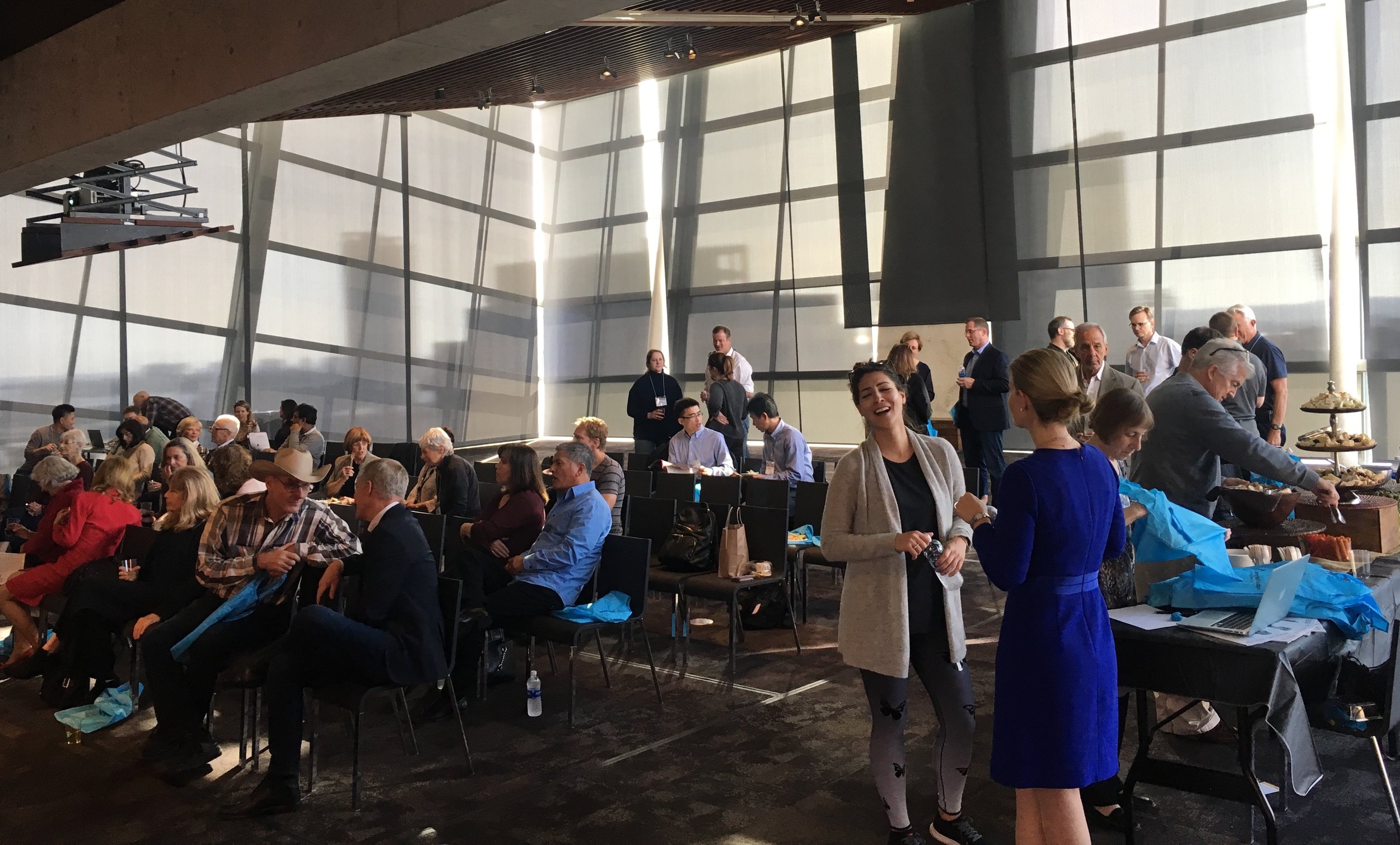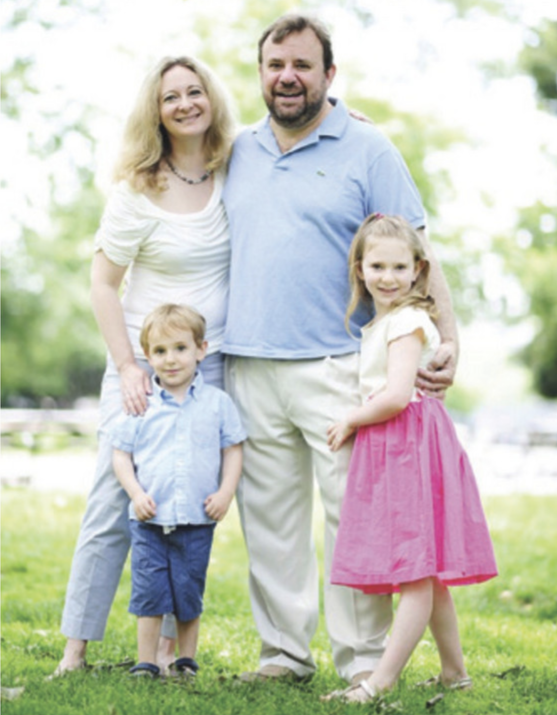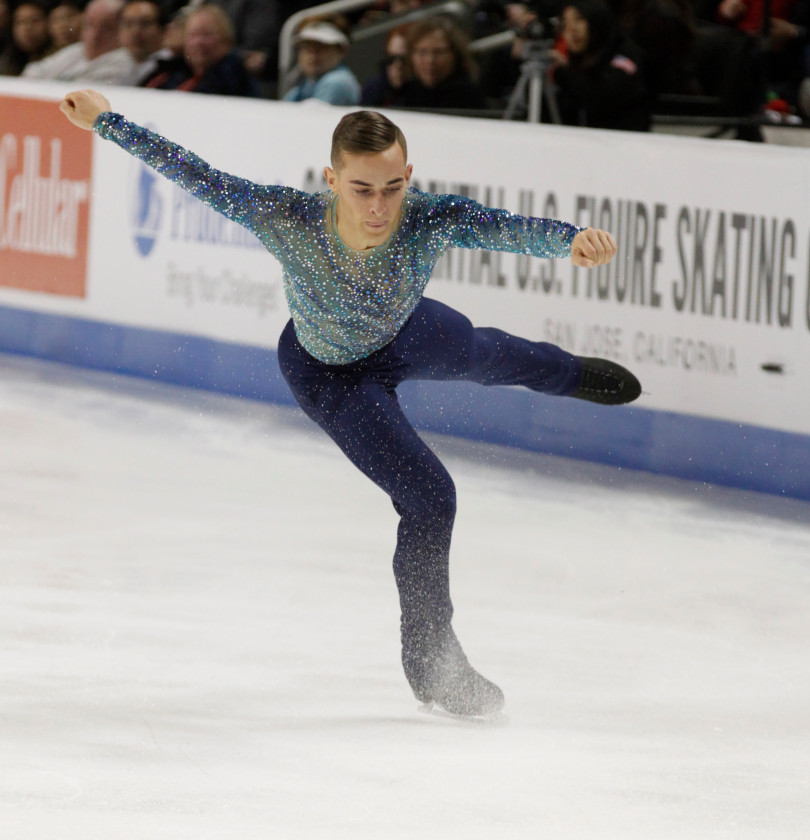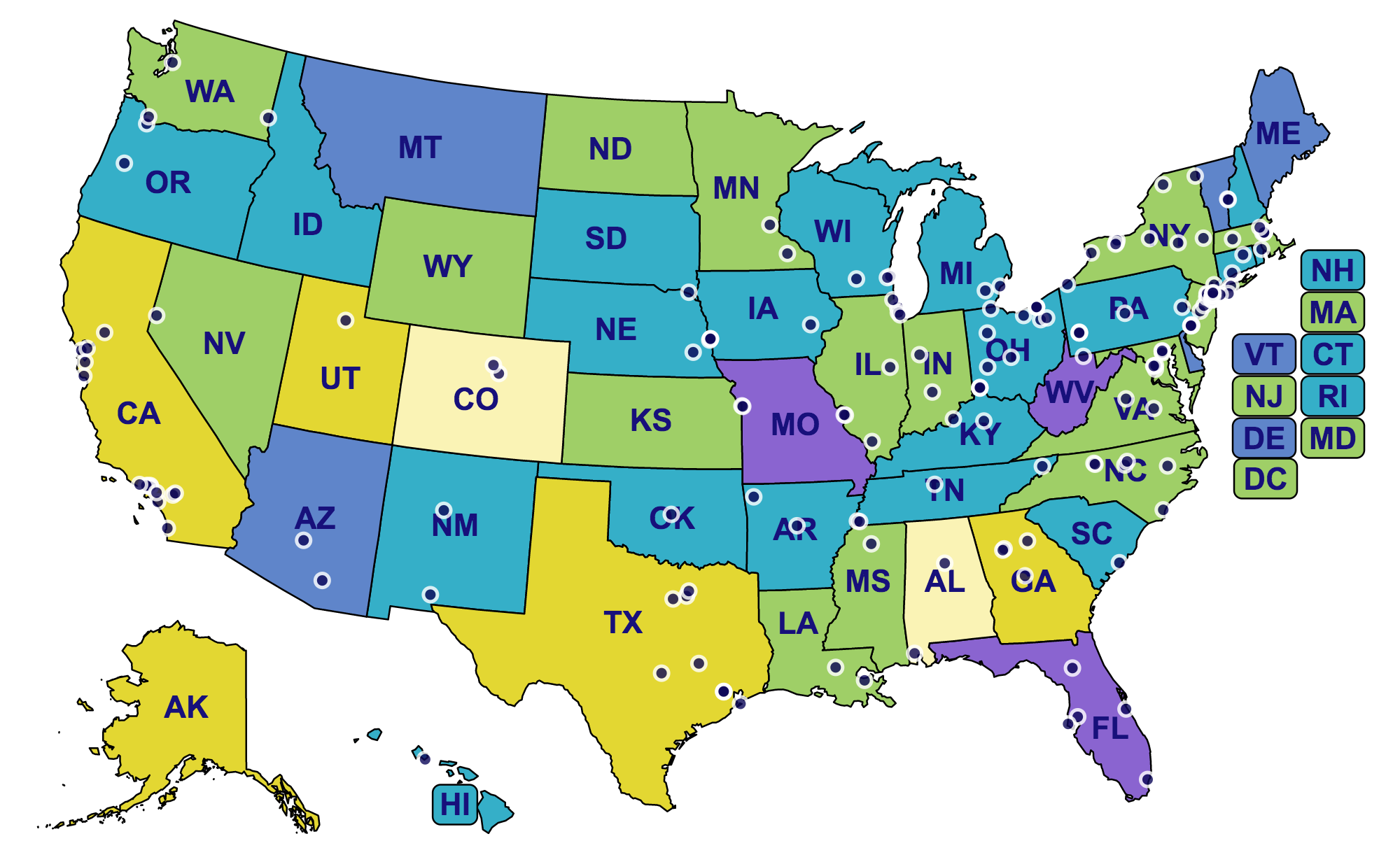By Nadine Dehgan
Hearing Health Foundation (HHF) recently welcomed COL John T. Dillard, USA (Ret) to its Board of Directors. A Cold War Veteran, COL Dillard lives with tinnitus and hearing loss—the two most common war injuries—as a result of repeated exposure to gunfire and blasts.
COL Dillard is currently a Senior Lecturer for Systems Acquisition Management at the Naval Postgraduate School (NPS) in Monterey, California, where he has been employed since his retirement from the U.S. Army in 2000. His curricula focus on system developments to advance technology and warfighting capabilities. At the NPS, COL Dillard also counsels young military officers as they cope with the effects of tinnitus including sleep, concentration, and mood issues.
Previously, COL Dillard held positions as an instructor at the U.S. Army War College and an adjunct professor at the University of California at Santa Cruz. In the latter, he educated Silicon Valley public and private industry professionals in Project Management. The full-text versions of his own many written works on managing technology efforts are available on ResearchGate.
In addition to his present role at the NPS, COL Dillard is a Defense Department Consumer Reviewer for the annual Congressionally Directed Medical Research Program for scientific proposals in the areas of tinnitus and noise-induced hearing loss research. COL Dillard says that he "hopes to contribute in a tangible way to HHF’s drive to restore hearing for countless people affected by its loss."















